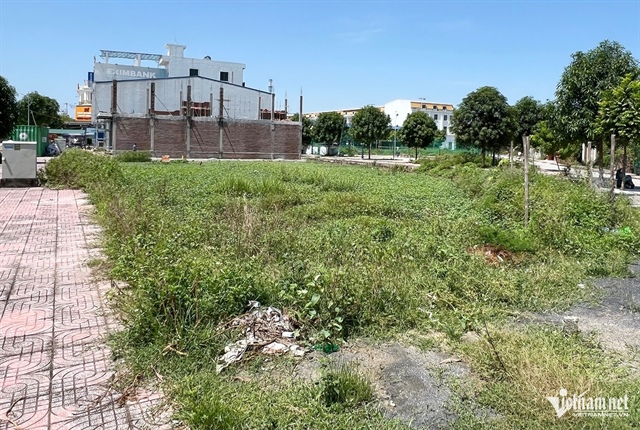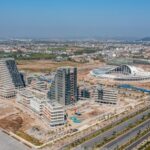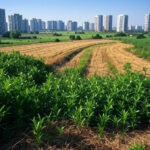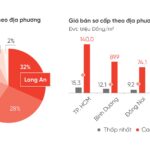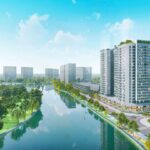There have been concerns from citizens that the 2024 Land Law and other relevant legal documents do not provide a definition for agricultural land within or outside residential areas.
As a result, when checking the conditions for converting agricultural land to residential use, even if the land parcel meets the planning requirements, authorities face challenges in determining whether the land is located within or outside a residential area.
On the other hand, in rural and mountainous areas, houses in the same village, hamlet, or neighborhood are often sparsely populated, with large distances between households.
In some cases, even if a household does not own residential land and requests to convert agricultural land that meets the planning requirements, the district-level authority determines that the land is not close to adjacent households, while the land complies with the land use planning for residential purposes.
Therefore, citizens are requesting that the competent authorities provide a clear definition of this type of land so that the People’s Committees at the communal level and functional agencies have an accurate basis for permitting or prohibiting the conversion of agricultural land to residential use.
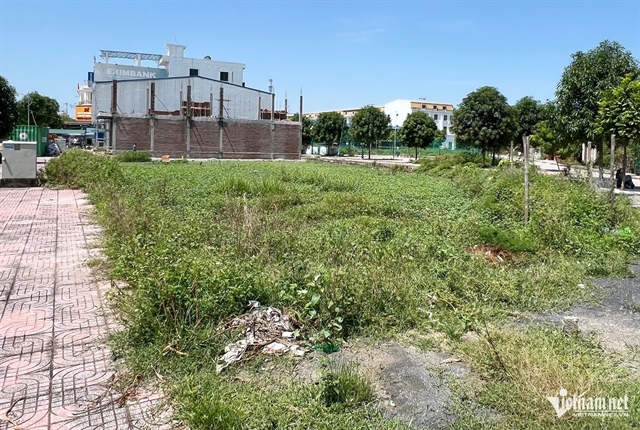 Illustration: Quoc Huy |
In response to this issue, the Ministry of Agriculture and Environment stated that, based on Point d, Clause 3, Article 67 and Clause 5, Article 116 of the 2024 Land Law, the permission for households and individuals to convert agricultural land within residential areas or within the same land parcel with residential land to residential use; or to convert non-agricultural land that is not for residential use to residential use, will be considered based on:
The district-level land use planning or the master plan or sub-planning in accordance with the law on urban/rural planning, which has been approved by the competent authority.
Clause 4, Article 2 of the Law on Urban and Rural Planning stipulates: “Rural residential area is a place of residence for households that are connected to each other in production, daily life, and other social activities within a certain area in the rural area, formed due to natural conditions, socio-economic conditions, technical infrastructure conditions, and other factors.”
At the same time, the law also stipulates that the People’s Committees at the communal level shall organize the formulation of planning tasks, the commune-level master plan, detailed planning of rural residential areas, and construction areas within the administrative boundaries under their management.
Accordingly, the commune-level master plan includes key contents such as forecasting and determining economic and technical norms and land use planning norms, network of rural residential areas. Orienting the development of the commune center system, rural residential areas, areas in need of conservation, functional areas for agricultural, industrial, handicraft, service production, and technical infrastructure systems; requirements for environmental protection.
Clause 1, Article 3 of Circular No. 124/2021 of the Ministry of Public Security stipulates that residential areas, communes, wards, towns, agencies, enterprises, and educational institutions that meet the “Security and Order Safety” standards are defined as residential areas, which are the common names for villages, hamlets, communes, wards, towns, and equivalent residential units.
“Thus, the current law has a concept of residential areas and rural residential areas,” affirmed the Ministry of Agriculture and Environment, adding that citizens should contact the local land management agency for guidance and resolution according to their authority and the provisions of the law.
Hong Khanh
– 09:27 12/06/2025
“Halting Residential Land-Use Conversion in Haiphong: Empowering Households and Individuals”
In recent times, Hai Phong city has witnessed instances of land-use conversion that contravene regulations, particularly during the period of provincial integration, social reorganization, and dissolution of the district-level government. As a result, the city has imposed a temporary halt on accepting and processing applications for land-use conversion, aiming to rectify these irregularities and ensure adherence to established guidelines.
“Provincial Chiefs: The New Land Allocators – A Decision-Making Power Shift”
Let me know if you would like me to tweak it or provide other options!
“Addressing the concerns of the business community regarding land-related issues, Minister of Agriculture and Environment, Do Duc Duy, shared insightful news. In a bid to facilitate a more efficient process for businesses, the Ministry is crafting a decree on decentralization and delegation of authority. A key proposal within this decree is to transfer the authority of the Prime Minister to the Provincial People’s Committee Chairmen, a move designed to streamline decision-making and provide much-needed ease to entrepreneurs navigating land matters.”
Can Agricultural Land Within Residential Areas With No Access Be Converted to Residential Land?
“Navigating the complexities of land ownership, the Department of Agriculture and Environment sheds light on a critical inquiry: Can landlocked parcels, devoid of access, metamorphose into residential oases? This insightful exploration delves into the transformative possibilities, offering guidance and clarity to curious citizens.”
The Great Property Hunt: Investors Seek Out Land on the Outskirts of Ho Chi Minh City Amidst Supply Scarcity
From Q2 2025 onwards, there has been a positive shift in the provincial land market in provinces bordering Ho Chi Minh City, such as Long An, Dong Nai, and Binh Duong. Residential land lots near existing and upcoming infrastructure projects, located within a 10-20km radius of Ho Chi Minh City, have been attracting significant interest from investors.

























